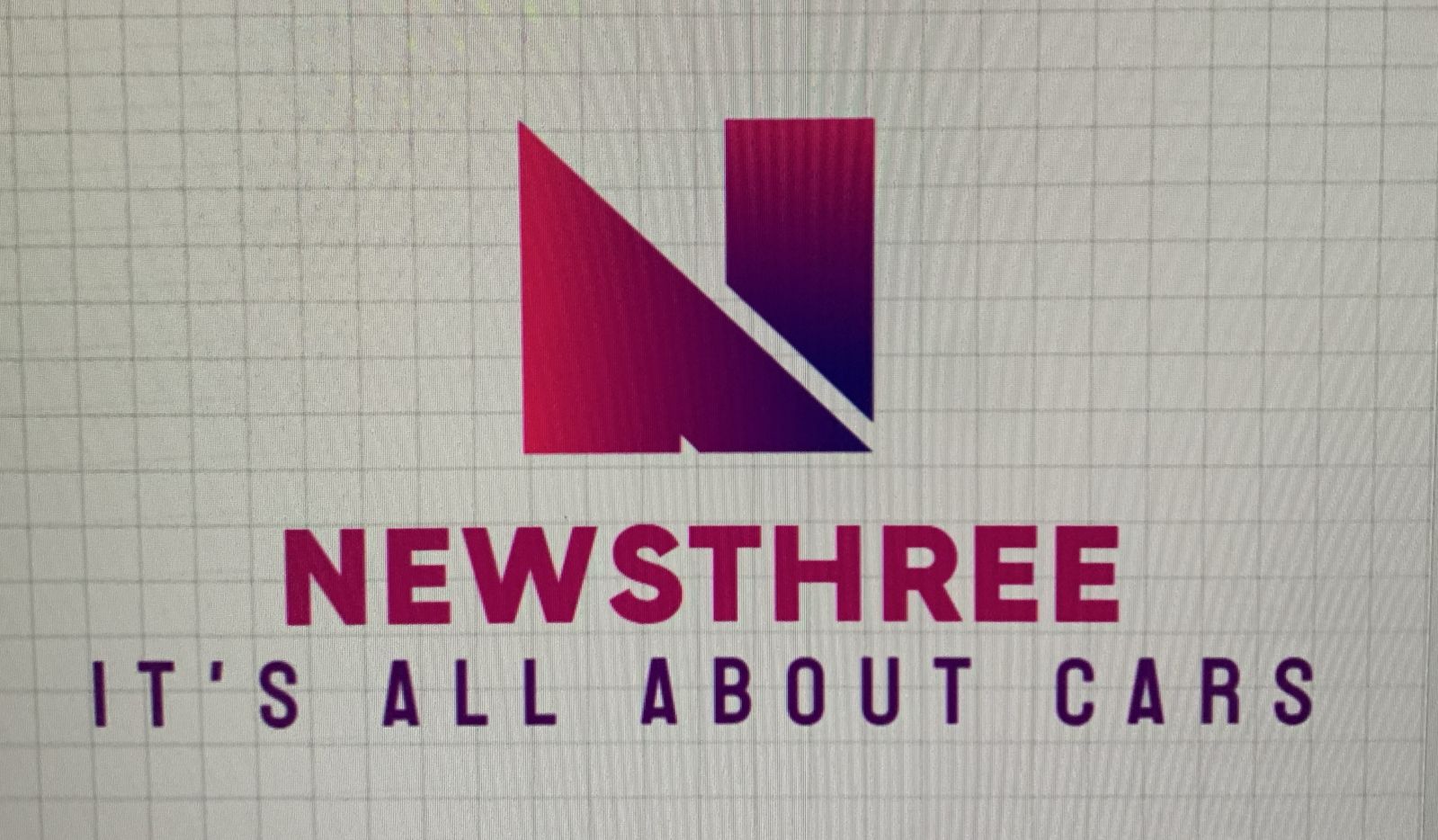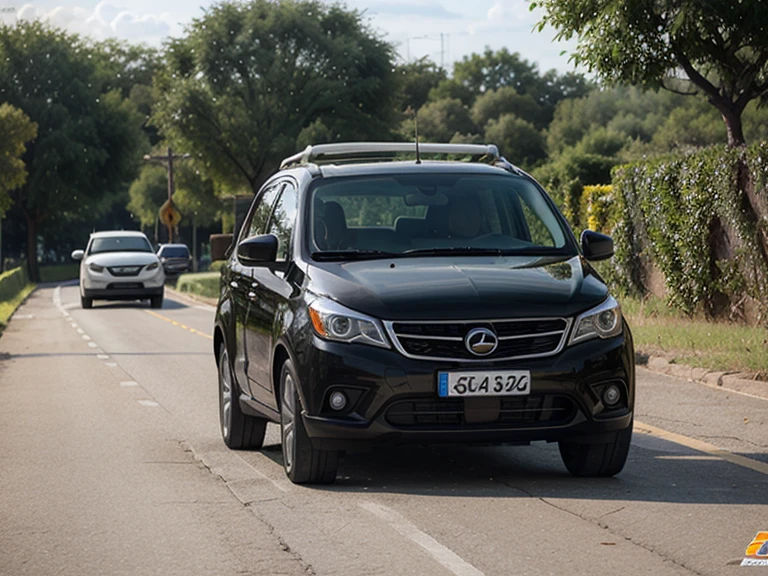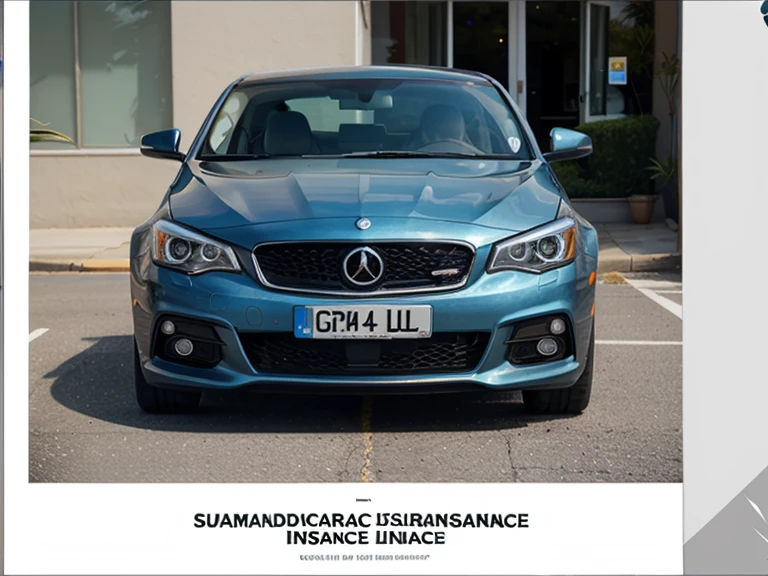Navigating the Labyrinth: A Comprehensive Comparison of Car Insurance Options

Newsthree.biz.id Hi At This Moment I will review the facts about TECHNOLOGY. Articles About TECHNOLOGY Navigating the Labyrinth A Comprehensive Comparison of Car Insurance Options Read the detailed explanation until the end.
Table of Contents
The open road beckons, but before you embark on your journey, securing adequate car insurance is paramount. Beyond simply fulfilling legal obligations, a well-chosen policy provides crucial financial protection against unforeseen events, shielding you from potentially devastating expenses arising from accidents, theft, or natural disasters. However, deciphering the complex landscape of car insurance can feel overwhelming. This article aims to provide a comprehensive comparison of different insurance types and factors to consider, empowering you to make an informed decision that aligns with your individual needs and circumstances.
Understanding the Core Coverage Types:
The foundation of any car insurance policy lies in understanding the core coverage types. These can be broadly categorized as liability, collision, comprehensive, and uninsured/underinsured motorist coverage.
Liability Coverage: Often mandated by law, liability insurance protects you if you are at fault in an accident that causes bodily injury or property damage to others. It covers the other party's medical expenses, vehicle repairs, lost wages, and even legal fees if you are sued. Liability coverage typically consists of two limits: one for bodily injury per person and another for property damage per accident. Opting for higher liability limits is often prudent, as medical expenses and property damage costs can quickly escalate.
Collision Coverage: This coverage pays for damage to your vehicle regardless of fault, provided the damage is caused by a collision with another vehicle or object. A deductible applies, meaning you pay a fixed amount out-of-pocket before the insurance company covers the remaining costs. Higher deductibles translate to lower premiums, but require you to absorb more of the initial cost in the event of an accident.
Comprehensive Coverage: Often paired with collision coverage, comprehensive insurance protects your vehicle from damage caused by events other than collisions, such as theft, vandalism, fire, hail, flood, or animal strikes. Like collision coverage, comprehensive coverage typically involves a deductible.
Uninsured/Underinsured Motorist Coverage: This coverage is designed to protect you if you are injured by an uninsured or underinsured driver. In situations where the at-fault driver has no insurance or inadequate coverage to cover your medical expenses and vehicle repairs, this coverage steps in to fill the gap. This is particularly important in areas with a high percentage of uninsured drivers.
Beyond the Basics: Optional Coverages and Endorsements:
Beyond the core coverages, numerous optional endorsements and specialized coverages can enhance your protection. These include:
Gap Insurance: If your vehicle is totaled and you owe more on your car loan than the vehicle's actual cash value, gap insurance covers the difference. This is particularly useful for individuals who finance a new vehicle with a small down payment.
Rental Reimbursement Coverage: This coverage pays for a rental car while your vehicle is being repaired after a covered loss.
Roadside Assistance Coverage: Provides coverage for towing, jump starts, tire changes, and other roadside services.
Medical Payments (MedPay) Coverage: Pays for your medical expenses and those of your passengers regardless of fault in an accident.
Factors Influencing Insurance Premiums:
Car insurance premiums are determined by a complex algorithm that considers a multitude of factors. Understanding these factors can help you anticipate and potentially mitigate your insurance costs. Key factors include:
Driving Record: A clean driving record with no accidents or traffic violations will result in lower premiums. Conversely, a history of accidents or traffic violations will significantly increase your insurance costs.
Age and Gender: Statistically, younger drivers and male drivers are involved in more accidents and therefore face higher premiums.
Vehicle Type: The make, model, and year of your vehicle significantly impact your insurance costs. Expensive vehicles, vehicles with high theft rates, and vehicles that are more expensive to repair typically result in higher premiums.
Location: Urban areas with higher traffic density and crime rates tend to have higher insurance rates than rural areas.
Credit Score: In many states, insurance companies use credit scores to assess risk. A good credit score can lead to lower premiums, while a poor credit score can result in higher costs.
Coverage Limits and Deductibles: As mentioned earlier, higher coverage limits and lower deductibles translate to higher premiums, while lower coverage limits and higher deductibles result in lower premiums.
Strategies for Obtaining the Best Insurance Rates:
Navigating the insurance landscape requires a proactive approach. Several strategies can help you secure the best possible rates:
Shop Around and Compare Quotes: Obtain quotes from multiple insurance companies to compare coverage options and premiums. Online comparison tools can simplify this process.
Consider Bundling Policies: Many insurance companies offer discounts for bundling your car insurance with other policies, such as homeowners or renters insurance.
Increase Your Deductible: Increasing your deductible can significantly lower your premiums, but ensure you can comfortably afford the higher out-of-pocket cost in the event of an accident.
Maintain a Good Driving Record: Drive safely and avoid traffic violations to maintain a clean driving record and qualify for lower rates.
Improve Your Credit Score: If your credit score is low, take steps to improve it, as this can positively impact your insurance rates in many states.
Take a Defensive Driving Course: Some insurance companies offer discounts for completing a defensive driving course.
Conclusion:
Choosing the right car insurance is a critical decision that requires careful consideration of your individual needs, circumstances, and budget. By understanding the different coverage types, factors influencing premiums, and strategies for obtaining the best rates, you can confidently navigate the labyrinth of car insurance and secure a policy that provides adequate protection and peace of mind on the road. Remember that the cheapest option is not always the best; prioritize comprehensive coverage that adequately protects you against potential financial risks. Invest the time to research and compare your options, and you'll be well-equipped to make an informed decision that serves you well for years to come.
Thank you for reading the complete discussion of ${title} in technology I hope you are inspired by this article Always stay motivated and healthy. Invite your friends to read this post. See you again








✦ Tanya AI